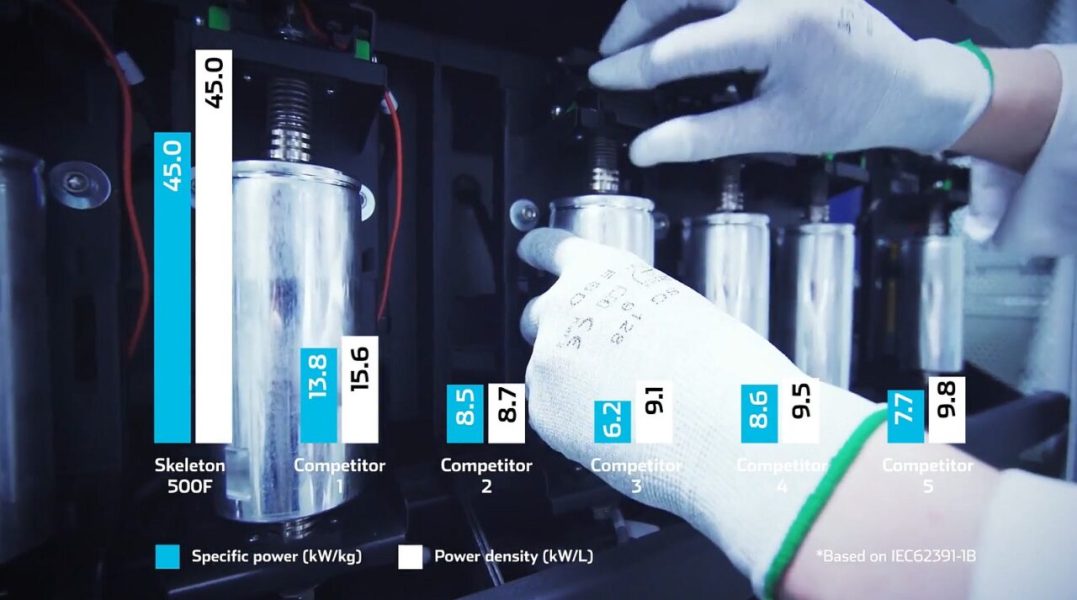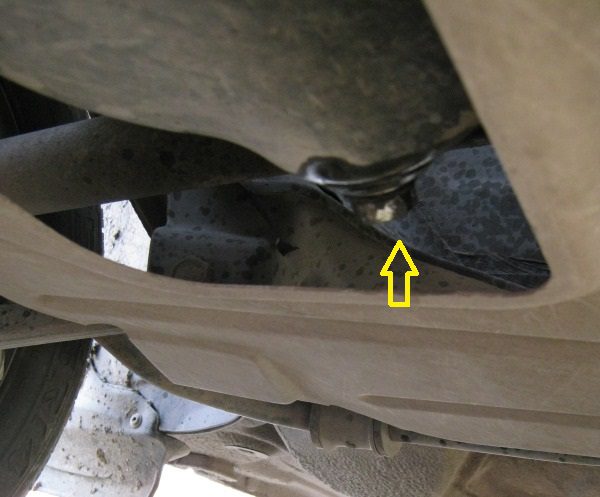
Supercapacitor manufacturer: We are working on graphene batteries that charge in 15 seconds
Content
New week and new battery. Skeleton Technologies, a maker of supercapacitors, has begun work on cells using graphene, which can be charged in 15 seconds. In the future, they may complement (rather than replace) lithium-ion batteries in electric vehicles.
Graphene "SuperBattery" with ultra-fast charging. Graphene supercapacitor itself
Table of contents
- Graphene "SuperBattery" with ultra-fast charging. Graphene supercapacitor itself
- Supercapacitor will increase range and slow down cell degradation
The biggest benefit of Skeleton Technologies' "SuperBattery" - or rather supercapacitor - is the ability to charge it in seconds. All thanks to “curved graphene” and materials developed by the Karlsruhe Institute of Technology (KIT), according to the German portal Electrive (source).
Such supercapacitors can be used in the future in hybrids and fuel cell vehicles, where they will bring acceleration from the world of electricians. Currently hybrids and FCEVs use relatively small batteries and we cannot generate high power with small capacities.
Skeleton Technologies also boasts a supercapacitor-based kinetic energy recovery system (KERS) that has reduced truck fuel consumption from 29,9 liters to 20,2 liters per 100 kilometers (source, click Play Video).
Supercapacitor will increase range and slow down cell degradation
In electrics, graphene supercapacitors will complement lithium-ion cellsto relieve them of heavy loads (hard acceleration) or heavy loads (heavy recuperation). Skeleton Technologies' invention would allow for smaller batteries that do not require such a complex cooling system.
Would finally make it possible 10% increase in coverage and a battery life of 50 percent.

Where did the idea to supplement only traditional batteries come from? Well, the company's supercapacitors have relatively low energy densities. They offer 0,06 kWh / kg, which is on par with NiMH cells. Most modern lithium-ion cells reach 0,3 kWh / kg, and some manufacturers have already announced higher values:
> Musk assumes the possibility of mass production of cells with a density of 0,4 kWh / kg. The revolution? In a manner
Undoubtedly, the disadvantage is the low energy density. The advantage of graphene supercapacitors is the number of operating cycles in excess of 1 charge/discharge.
This may interest you:
